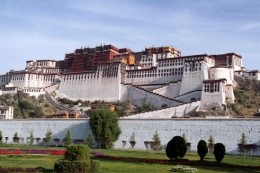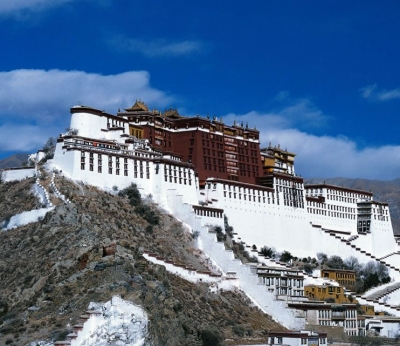Tenzin Dhondub has helped the dreams of many young Tibetans come true since 1994. He started a language school in his home courtyard, where he taught English, Tibetan, Chinese and computer skills. With time, this school grew into the the Dung-Dkar School of Languages. The school has trained more than 20,000 people, 60 percent of whom hadn’t gotten any kind of formal training before. The school is located in Lhasa, capital of southwest China’s Tibet Autonomous Region. When Tenzin Dhondub left his well paying government job so as to start the school, his family and friends thought he was crazy and they tried to discourage him from doing it. Tenzin, who is an English major hopes that the school will one day be a university. He supports the school financially with the profits he makes from his hotel and real estate company.
There are different varieties of Tibetan. This includes Old Tibetan, Standard Tibetan and Classical Tibetan. Standard Tibetan is the most widely spoken variety. It is based on Lhasa, a Central Tibetan dialect. The written language is based on the Classical dialect. The Standard Tibetan has different registers. This includes Phal-skad, which is the vernacular speech, which is a polite and formal language and Chos-skad, which is the religious language. Most clasical literature and scripture is written using Chos-skad. The abugida or syllabic alphabet is used to write Tibetan. It has 30 consonants and 5 vowels. Most Tibetan literature is focussed on Buddhist themes.
Tibetan is a Sino-Tibetan language that is spoken by about 6 million people in China. Speakers can also be found in Nepal, India, Sikkim, Ladakh and Bhuttan. Tibetan was used as a clasical language in Mongolia to write Budhhist literature. The spoken language varies depending on the geographical location of the speakers, which has led to distinct dialects developing. This can make it difficult for Tibetan speakers from different places to understand each other. Written Tibetan, on the other hand is the same everywhere. Alternate names for Tibetan include Bhotia, Phoke, Dbus, Dbusgtsang, Zang, Tibetan, Wei, U, Weizang. The Tibetan language is closely related to Burmese.

